Many people have overlooked this detail and thus more easily solved some economic problems related to the trade of French Cochinchina from a distance.
In many respects it would have been more convenient if our capital had been situated on the coast; several projects had been studied for the construction of a commercial city at the mouth of the Saigon River, especially at Cap Saint-Jacques [Vung Tau]: but they were all abandoned, the difficulties of implementation having discouraged people. While waiting for better things, the commercial port was extended on long, well-planned quays, right at the mouth of the city.
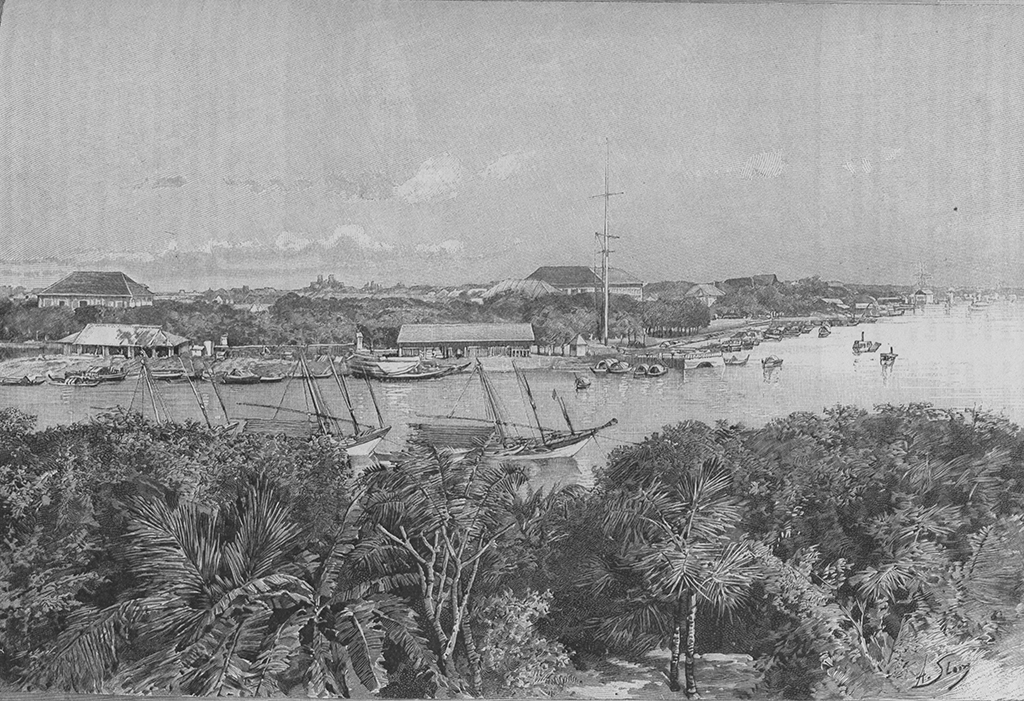
Entrance to Saigon Port [and Thu Ngu Flagpole]. Painting by Slom, engraving by Bazin
National Library of France
The Messageries maritimes building [now Nha Rong Wharf] and their huge warehouses appear right from the last bend of the river, downstream, right at the heart of the commercial port, at the confluence of the river and the Cholon canal (arroyo de Cholon) [ie Ben Nghe creek].
LETTER FROM FRANCE
The mail service from France was guaranteed by the weekly Messageries ships. As soon as the cannons announced the arrival of the passenger ships, the city became more animated. Those who wanted news rushed to the post office , where they waited impatiently for their letters to be counted and distributed; everyone was absorbed in reading their letters or newspapers. Those who were waiting for relatives or friends, or who wanted to see the ship bringing the mail from France, and to find some comfort and relief from their homesickness, took the road leading to Messageries maritimes.
Every time the mail came and went, the crowd rushed to the sampans of the "signal mast" (mât de signaux) [ie the Thu Ngu Flagpole], which carried pedestrians to the Messageries dock on the other side of the Cholon Canal. A few minutes' ride on the sampan brought you to the wonderful dock of the Grand Company (grand Compagnie), where the giant passenger ships always had a safe anchorage. This dock had a more French feel than any other part of the city. The people we met had been away from France for less than a month, or if they were returning, they would all be in Marseille within twenty-six days!
From the weekly walks to this nostalgic walk, it is a joy to welcome home a new friend and new news from Europe. On the contrary, it is a sorrow to see a friend go, and I do not know what sentiment, what love of country, makes the little pearls shine in the corners of the eyes that the scorching sun cannot dry. In the colonies, even those who have only good memories and bright expectations always long for France, from which they have been away for months. Here, though it is all right, it is not home, and only they know how terrible and boundless the homesickness is!
A CHINESE PORT
I returned to the city by a dirt road opposite the one I had just taken to the confluence of the Cholon Canal and the Saigon River. The dirt road was like a fence around the Messageries area and passed over muddy patches of dilapidated Annamese houses, which made the newcomers nervous about the sanitary system of the local authorities. However, the authorities had improved this area, which was technically a suburb but was important because of the Messageries factory and many rice mills, which made the surrounding areas always smell of unpleasant smoke. I do not believe that these areas will ever be transformed into beautiful houses, but surely with perseverance people will clean up this corner of the city and replace the dirty water holes with grass growing on both sides of the road.
But we can’t complain too much because after just a few hundred meters we came to a pretty bridge over the Tau Hu canal. Along the slope leading up to the bridge was the high wall of a large metallurgical plant with workshops occupying a vast area on the banks of the canal.
We cross a branch of the river on a daring single-span bridge, under which boats with their tall masts pass. From the top of this bridge - one of the city's most remarkable works of art - one can see a very poetic panorama stretching out across the Chinese harbor.
On the river, sailing boats came and went, depending on the tide, to Cho Lon or to Saigon. On both banks of the canal, trading activities were bustling. On one side were important European factories, rice refineries and mills; on the other side were long rows of Chinese merchants and large rice warehouses.
In the evening, it was spectacular to see the dark spaces of the docks lit up by thousands of lanterns from Chinese shops and countless torches on ships. The Chinese were very extravagant with torches, and small oil lamps with porcelain lampshades were scattered everywhere.
However, it must be admitted that the stench rising from the water is hard to keep tourists. The Cho Lon canal is truly too generous with all kinds of rubbish; when the water recedes like the Théramène tide, it leaves behind horrifying ruins on the beach. (to be continued)
( Thu Nguyen translated from the magazine Le tour du monde in 1893)
Source: https://thanhnien.vn/sai-gon-hai-cang-18524061520274357.htm






![[Photo] Cuban artists bring "party" of classic excerpts from world ballet to Vietnam](https://vphoto.vietnam.vn/thumb/1200x675/vietnam/resource/IMAGE/2025/6/26/797945d5d20b4693bc3f245e69b6142c)
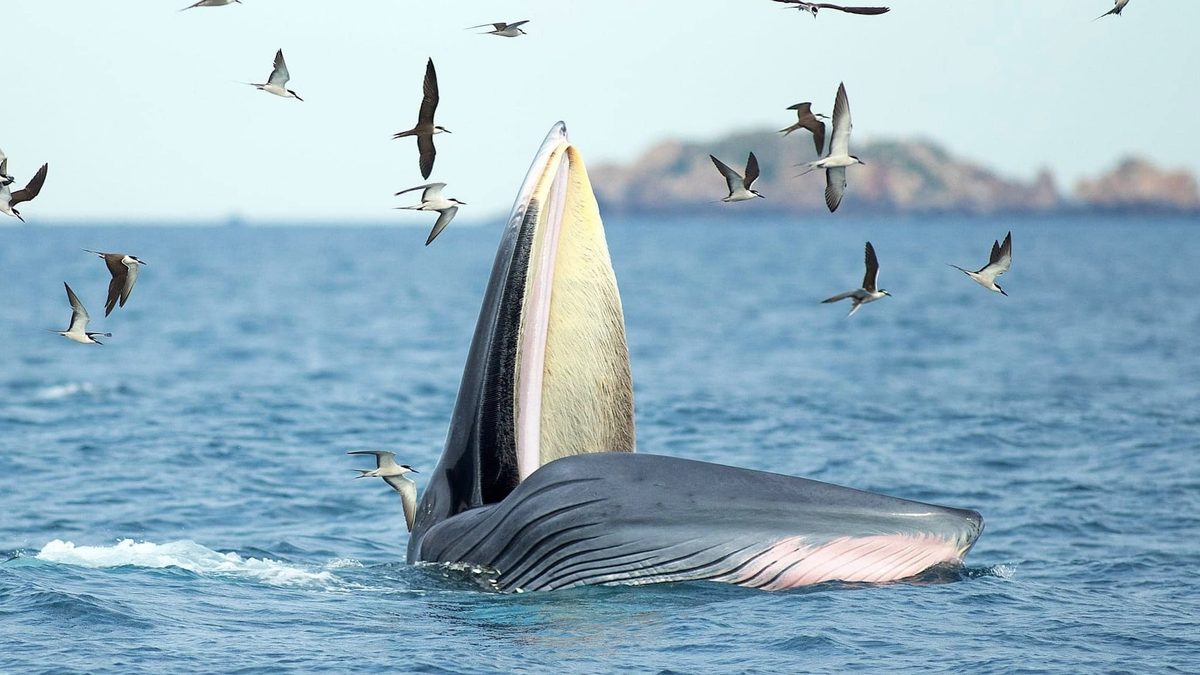


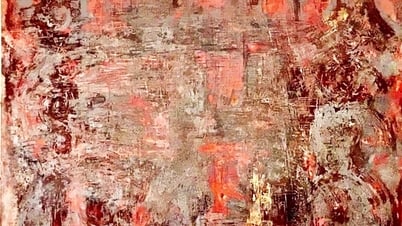



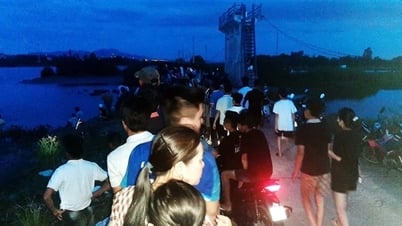

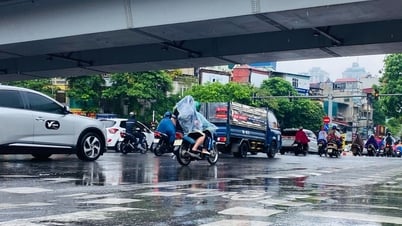




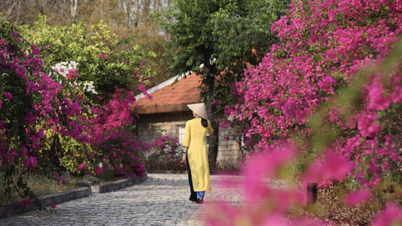





![[Photo] General Secretary To Lam receives Australian Ambassador to Vietnam Gillian Bird](https://vphoto.vietnam.vn/thumb/1200x675/vietnam/resource/IMAGE/2025/6/26/ce86495a92b4465181604bfb79f257de)

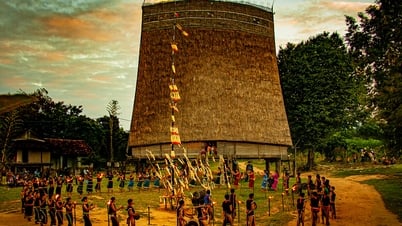



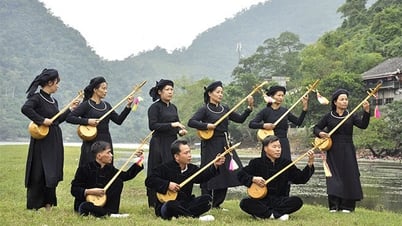



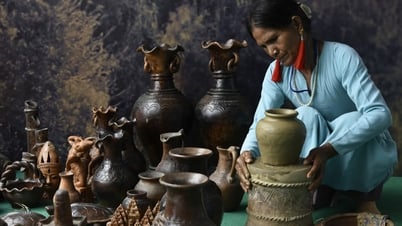




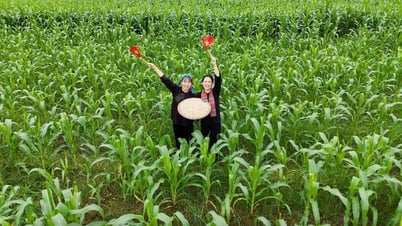

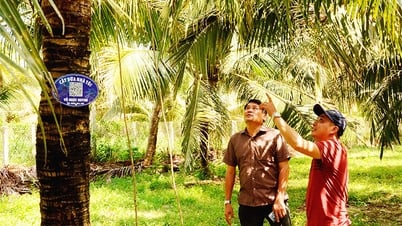

















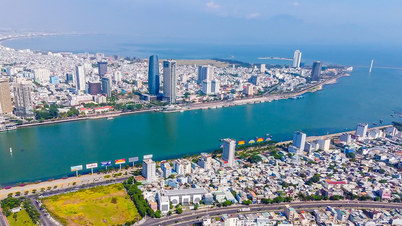
















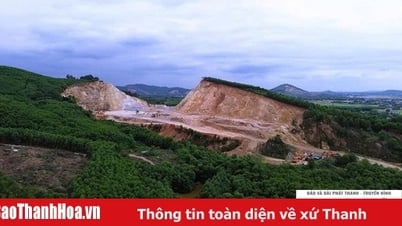

















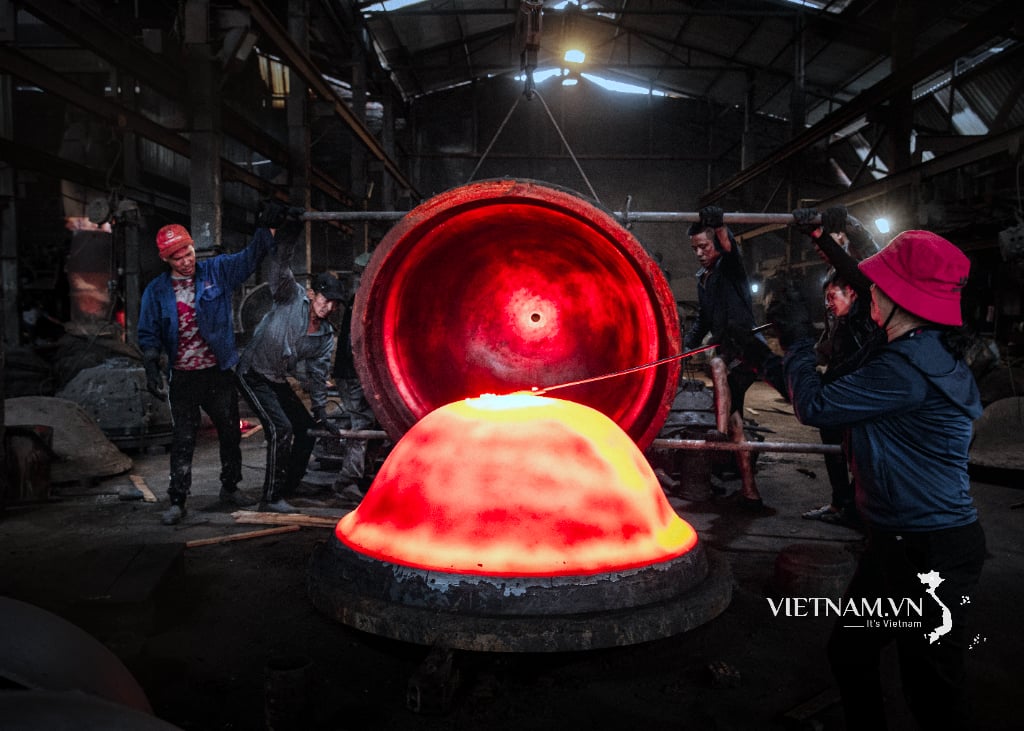

Comment (0)